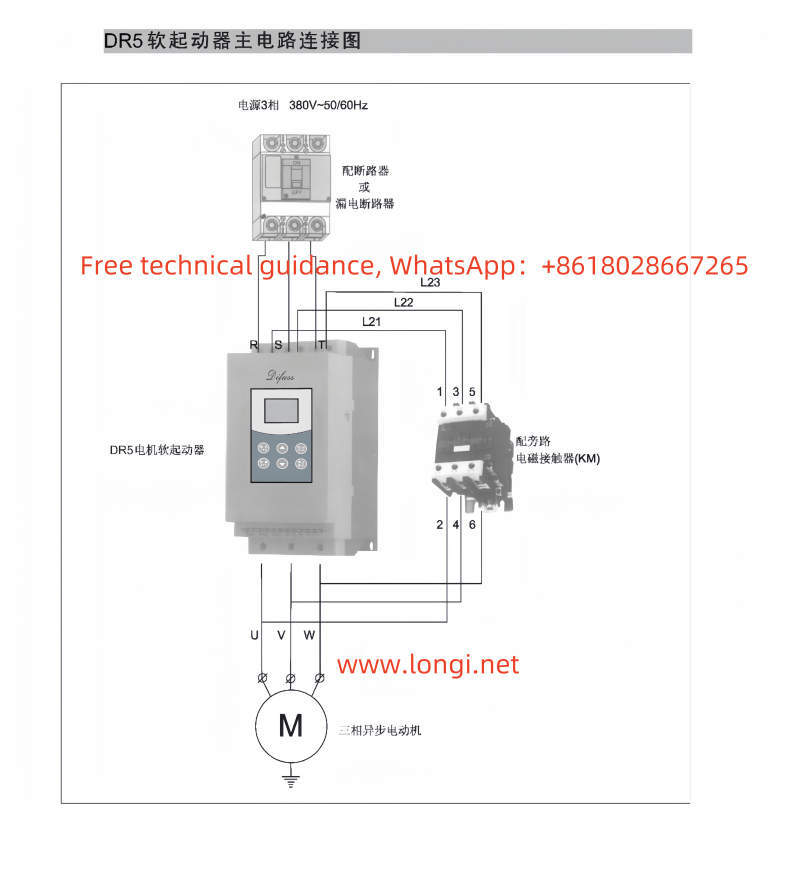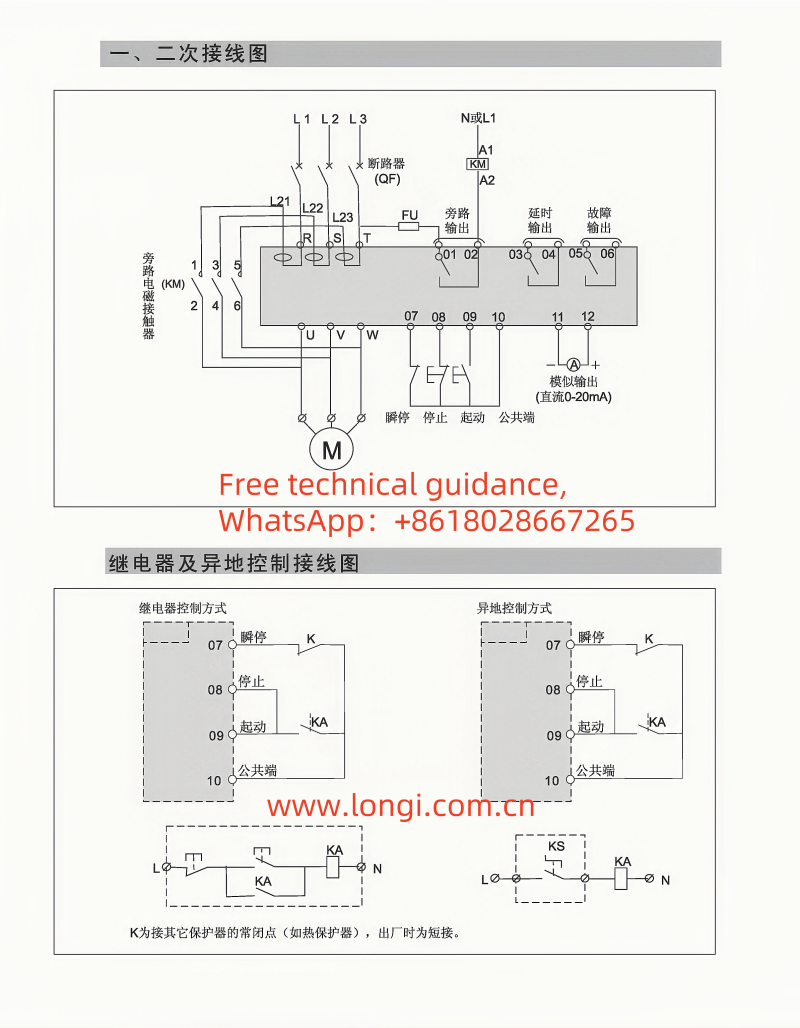I. Introduction
A leak detector is a device used to detect leaks in systems containing air, gases, or liquids. Its primary function is to detect leak points and measure the amount of leakage by monitoring pressure differences within the system. The working principle of a leak detector is based on pressure difference detection and measurement technology, utilizing sensors to collect pressure data and controllers to analyze the data and provide corresponding alarms or prompts.
II. Types of Leak Detectors
Leak detectors come in various types, categorized by the medium they detect and the principles and technologies they use.
- By Medium:
- Gas leak detectors
- Liquid leak detectors
- By Principle and Technology:
- Pressure difference method: Compares the pressure difference between the object being tested and the environment.
- Concentration change method: Detects changes in gas concentration around the object.
- Sound or acoustic wave method: Detects specific sounds or acoustic waves produced during leakage.
III. Usage Method
- Power On: Ensure the leak detector is properly connected to the power source and turn it on.
- Initialization and Calibration: In a vacuum environment, start the vacuum pump and wait for a stable detection environment (e.g., 10 minutes). Gas leak detectors automatically calibrate upon startup to ensure accuracy.
- Measurement: Place the probe at the detection point and observe the numerical changes on the display. If a leak occurs, the reading will increase and may trigger an alarm.
- Data Analysis: Judge the leak situation and location based on the readings and analysis results displayed.
IV. Common Faults and Repair Methods
- Instrument Unable to Start or Function Normally
- Causes:
- Poor power connection or damaged power cord.
- Insufficient battery power or aged battery.
- Faulty control panel or buttons.
- Repair Methods:
- Check power connection and cord integrity.
- Check battery power and replace or recharge as needed.
- Inspect the control panel and buttons for damage or incorrect operation.
- Causes:
- Inaccurate or False Detection Results
- Causes:
- Insufficient instrument precision or lack of calibration.
- Damaged or contaminated sensors.
- Unstable or impure gas source.
- Repair Methods:
- Calibrate the instrument to ensure precision.
- Inspect sensors for damage or contamination, and clean or replace as necessary.
- Ensure a stable and pure gas source, avoiding operations that may affect its stability.
- Causes:
- Insensitive Leak Detection
- Causes:
- Incorrect instrument sensitivity settings.
- Loose connection between the probe and the object being tested.
- Aged or damaged sensors.
- Repair Methods:
- Check and adjust instrument sensitivity settings.
- Ensure a tight connection between the probe and the object.
- Inspect sensors for aging or damage, and replace as needed.
- Causes:
- Display Fault or Abnormality
- Causes:
- Loose or damaged display connection cable.
- Damaged display itself.
- Repair Methods:
- Check the display connection cable for security and reconnect if loose.
- If the display remains abnormal despite a proper connection, replace the display.
- Causes:
V. Preventive Measures and Routine Maintenance
- Regular Calibration: Periodically calibrate the leak detector to ensure precision and performance.
- Keep Clean: Maintain the cleanliness and dryness of the leak detector and its accessories, protecting them from dust and moisture.
- Proper Storage: Store unused leak detectors in a dry, ventilated place, and conduct regular inspections and maintenance.
- Professional Training: Provide professional training for operators to ensure they can complete detection tasks correctly and swiftly, adhering to operating procedures and precautions.
VI. Brands and Models of Leak Detectors Repaired by Longi Electromechanical Company
- Inficon:
- UL1000 Fab
- UL5000
- Protec P3000
- HLD6000
- LDS3000
- Sensistor ISH2000
- LeakHunter TGF11
- Pfeiffer Vacuum:
- ASM340
- ASM390
- ASM310
- ASM306S
- ASM102S
- Adixen ASM142
- Adixen ASM192T2D
- Leybold:
- Phoenix Quadro
- Phoenix Magno
- Phoenix Vario
- Phoenix L300i
- Phoenix L500i
- Phoenix L1000i
- Agilent Technologies:
- Varian VS Series (VS C15, VS C15AB)
- Varian HLD Series
- Varian Helitest
- PHD-4
- M12
- ATEQ:
- Primus
- Primus H2
- F5200
- F6200
- F28H
- Edwards:
- Spectron 5000 Series
- Spectron 6000 Series
- Spectron 2000 Series
- Spectron 3000 Series
- Oerlikon Leybold Vacuum:
- UL 200
- UL 200 Helium
- UL 1000 Fab
- UL 1000
- UL 500
- Alcatel (Adixen):
- ASM182TD+
- ASM310
- ASM142
- ASM340
- ASM192T2D
- LACO Technologies:
- AMLD-6
- Titan VSLD
- Titan HSLD
- Titan ES
- Titan ESVL
VII. Company Information
Longi Electromechanical Company has nearly 30 years of experience in repairing leak detectors and can quickly repair various instruments. We also recycle and sell used leak detectors. For more information, please contact us.


